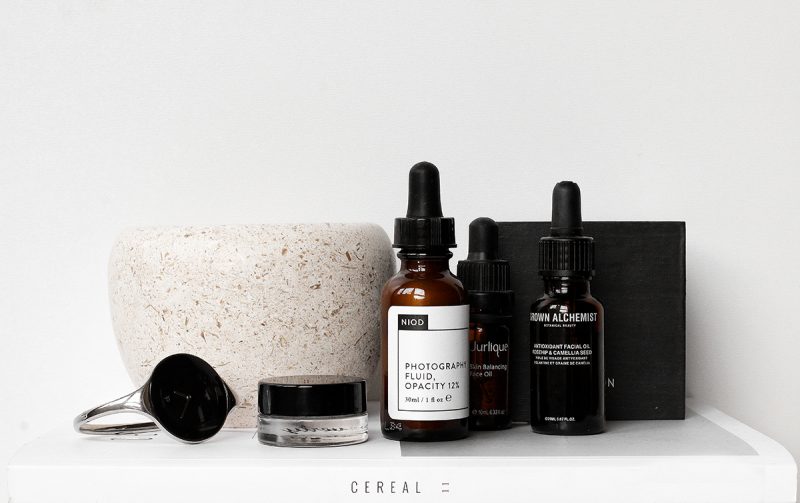
A lot of people equate minimalism with owning as little as possible, a strange obsession with decluttering, and throwing out as many things as possible.
My minimalism couldn’t be further from that. I think owning less is not the goal, but the result of living more intentionally.
I don’t like that sometimes minimalism seems to be too materialistic and overly occupied with physical objects. Yes, decluttering and buying less are important parts of it. But reducing other, non-material distractions and making intentional choices when it comes to all areas of life are just as essential.
Educating myself about what I buy and support with my money, being mindful about how I spend my time, freeing myself from outside influences are just as important parts of my minimalist journey as decluttering my wardrobe.
So, if you’re interested in living a more minimalist and intentional lifestyle, but are still a little hesitant about parting with your possessions, try these simple steps to get the hang of it.
Beginner minimalist steps
01 // Get rid of the junk
OK, I may have lied a little in the title, because technically, this step involves throwing out things. But these are not valuable things by any means: they are simply junk. It’ll not be an emotional challenge to say goodbye to them as it may be the case with other types of decluttering (wardrobe, memorabilia etc).
This is an incredibly simple and easy minimalist step that can still greatly improve your life because you cut out a lot of totally useless things that still take up a lot of room. What I define as junk in this case is usually something that
A) is not working anymore – like broken items, old technology, expired products
B) was junk from the start – think useless paper junk
C) You can decide about in 2 seconds whether you need it or not – e.g. old magazines, clothes that don’t fit anymore.
Start dipping into a more minimalist life by weeding out these useless items. Here’s a list of 25 items you can declutter immediately without any difficulties.
02 // Designate clutter-free areas
It’s one thing to declutter a home, keeping it clutter-free is a completely different challenge. Of course, if you’re more immersed in an intentional, minimalist lifestyle, chances are there will be a smaller influx of things you have to find a home for. But until then, as a first step, you can design special clutter-free areas that you pay more attention to. I’d suggest going all in and choosing places that tend to collect more items and be messier than other places in your home, like the kitchen counter, desktop, bedroom floors, or your sofa. And because these are also typically the focus points of a room, even a couple of stray objects can make it look like the whole place is messy.
However, if the focus points of a room are clean and not cluttered, they will give a tidy, organized atmosphere to the whole space. Get used to not leaving stuff around at least on these critical points. You can check out my 7 minimalist hacks for your home here.
03 // A practical way to find your values
One thing most minimalist manifestos and guides will tell you is that minimalism can help eliminating excess in order to find and then focus on the truly valuable things in our lives. If our mind and home are not cluttered and we have razor sharp focus on what’s important to us, we can finally lead a more fulfilling and intentional life.
And while I totally agree with it, sayings like this are sometimes too fluffy for me. I always prefer a more practical approach and actionable tips when it comes to lifestyle changes. So if you think finding your values sounds good, but don’t know where to start, I suggest this:
Make a value list with the following categories (you can, of course, expand them, these are just the 5 basic areas I usually deal with):
+ Personal life
+ Social life
+ Career
+ Hobbies
+ Financial
Under every headline, list your values/priorities. Everything you find important, you want to achieve, you want to spend more time on, that makes you happy. This will be your ideal life list, the goals you should be striving for.
Make a second column next to these values and list everything that may stand in the way of achieving them. These are the things you must minimize.
Examples:
If travel is on your value list, make a list of what’s keeping you from doing that. Money issues, lack of vacation time? If it’s about money issues, go further, are you spending on something that you could live without and save it for your real value that is traveling?
If you’d like to try scuba diving but always postpone it, be honest about the reasons.
If you value spending time with your friends, what’s keeping you from it? Lack of planning, lack of energy, lack of time?
If you don’t have time for something, try to get to the bottom of where does your time go exactly? Is there something you could say no to? Something you could organize more strategically?
Be very, very honest and as specific as you can. Analyze your days, your commitments, your feelings. If you take the time to make this thought experiment, I think you’ll see clearly what your values are.
04 // Play the “value game”
When was the last time you actually looked around and thought about/evaluated the stuff you use everyday? I guess we don’t do that very often. We buy something, get crazy excited about it for a few hours and days, and then that excitement dies out, we get used to them, and then, at the end, we get bored and go out to find other things. This is the cycle we need to break if we want to live a more minimalist lifestyle.
I don’t think we have to give up being excited about buying beautiful things. We just have to extend it and learn how to be content with what we have and only buy if we have good reasons. Boredom and familiarity are usually not good reasons to buy.
So take some time, sit down, and play this little value game. Take something you own and think about why you like it and how you felt when you got it. Was it a good purchase? If yes, why? If no, why not? It’s a very positive action that will bring back a lot of good feelings and often a lot of great realizations about your shopping habits. If you cannot say anything positive about it, cannot recall the last time you used it or simply think “why the hell do I still own this”, then it’s great as well – those are your best candidates for decluttering. But always draw your conclusions in order to avoid making the same shopping mistakes again and again.
05 // Declutter your social media feed
Minimalism is not exclusively about objects for me, it’s more like a general mindset and attitude about trying to eliminate anything that does not contribute to my life in a good way. And social media often falls under that category. Trying to find a balance in our social media life and consumption can be a great challenge. There’s so much noise, it’s often difficult to find and focus on the valuable things there. We all fall down the YouTube or Pinterest rabbit hole from time to time, follow people we do not have an interest in anymore, and generally spend too much time on being involved in other people’s lives. But that time is valuable and whether we realize it or not, we often take it away from more important things.
Be mindful of how much time you spend on social media and always ask the question: how does it/someone I follow add value to my life? Take the plunge and declutter your social media life: dare to mute/unfollow the content that you don’t enjoy anymore. Become a connector instead of a consumer. Here are a couple of tips on how you can become a more mindful social media user.
06 // Start recording your expenses
The first step towards leading a more financially intentional life is to know exactly where our money goes. I’m not talking about budgeting at this point, you only have to start recording your expenses. There are a thousand and one apps you can try, but I always use my Notes app in my phone. The moment I buy something, I write it in, and make a summary of my expenses at the end of the month. After 2 or 3 months, you’ll see patterns emerging – your shopping habits, triggers, and hoarding specialties will become a lot more clear and you can start to do something about them (like a shopping ban in the critical areas – see below).
07 // Try a shopping ban
At one point, we all have to face and evaluate our shopping habits if we want to become smarter, more mindful shoppers. And a shopping ban is a great tool for that.
It doesn’t have to be a gigantic undertaking, like a 1-year shopping ban, but a 1-week ban isn’t going to do much either. Aim for 1 or 2 months, that is ample time to get used to not buying things and go through (+ analyze and understand) all the highs and lows that come with it. I’d also suggest doing a ban in your most vulnerable shopping area. For me, it’s either clothes or beauty products, so this is where I do regular shopping bans.
A month shopping detox is a very informational and interesting experience. You can learn for example whether there are specific things that trigger your spending. If you suddenly get a shopping urge, try to find the reasons for that. You’ll also use the stuff you have a lot more – at least this is what happens when I’m on a self-imposed shopping ban. And more likely than not, you’ll also realize the many benefits of not spending – from more money in the bank to a sense of pride of being able to resist the million tempting impulses thrown at us constantly by brands and marketing experts. I know that these bans have greatly helped me in the past in becoming a lot more mindful about how I spend my money.
Let me know what you think of these small minimalist steps!

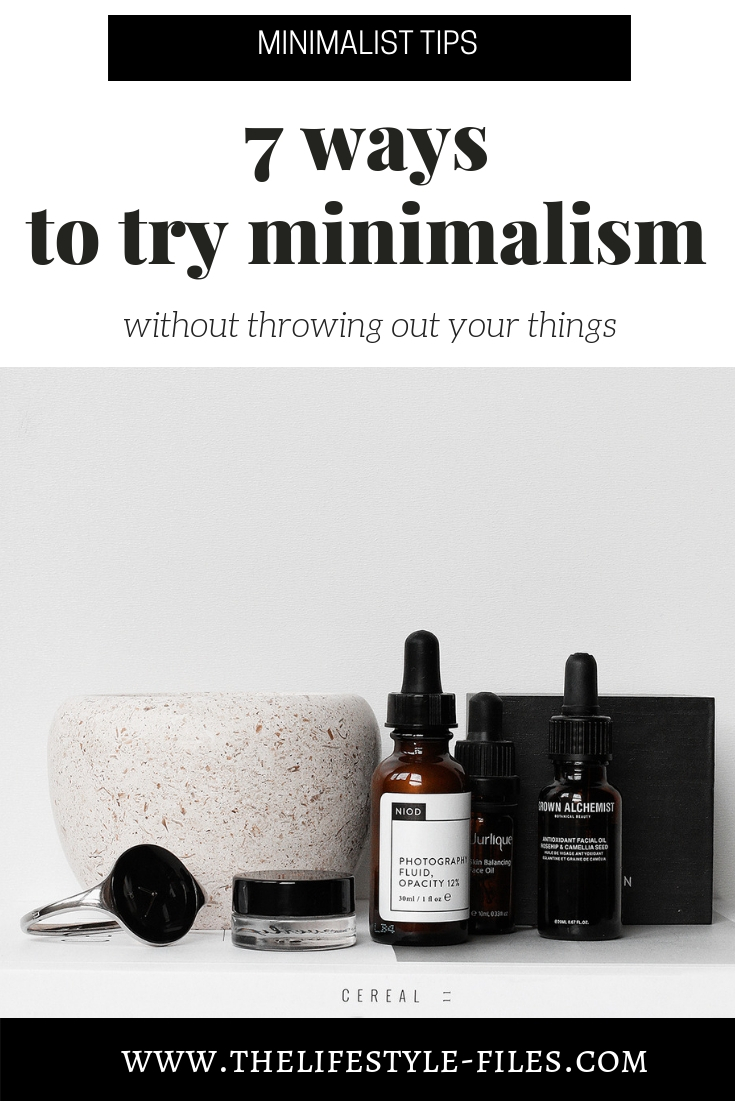
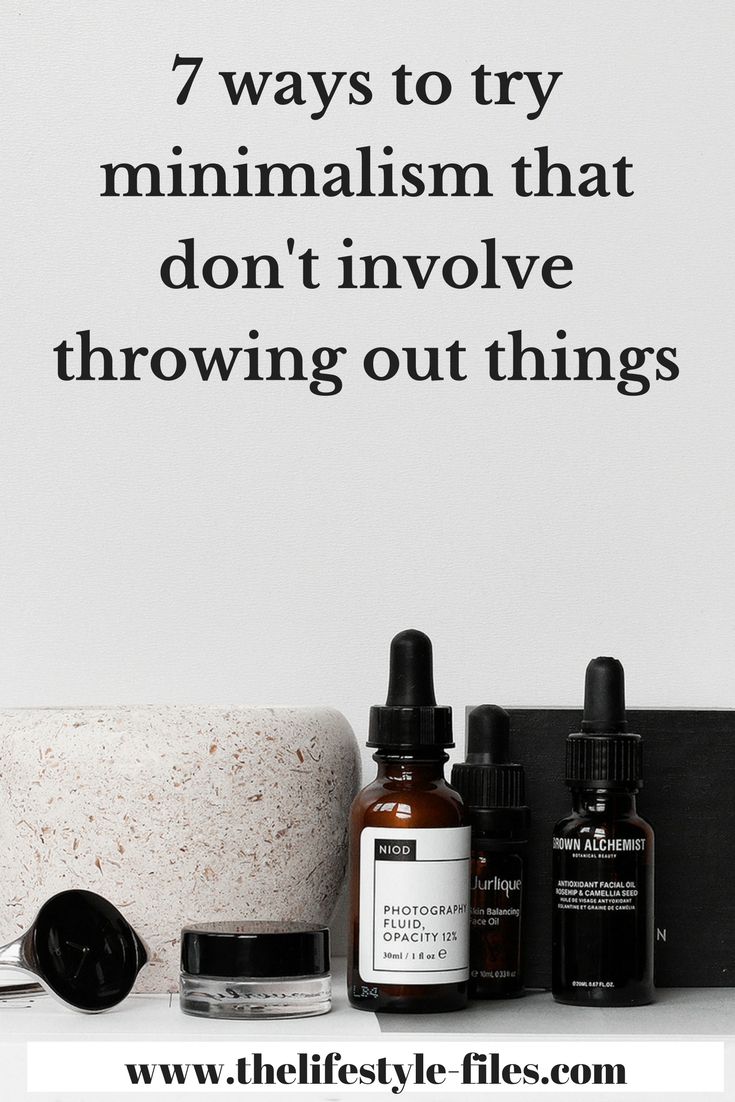
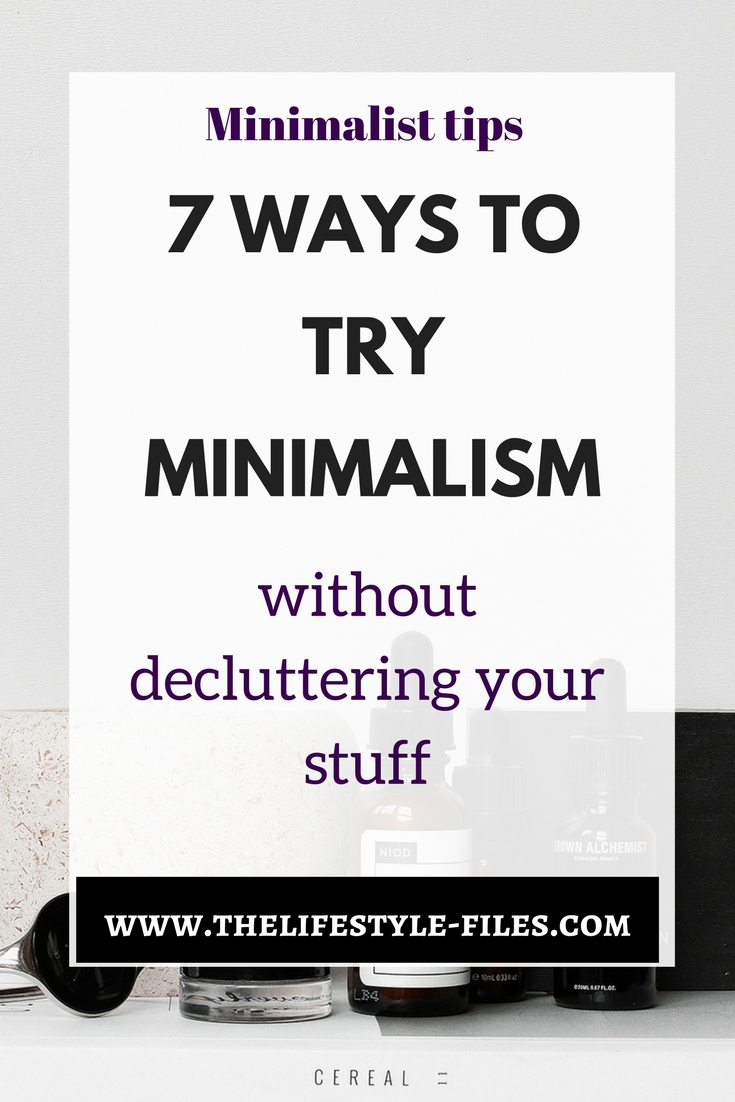
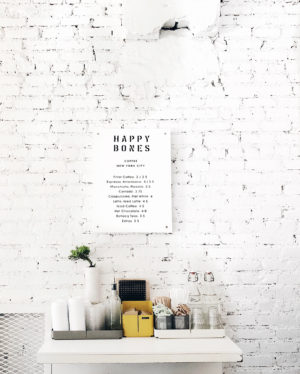
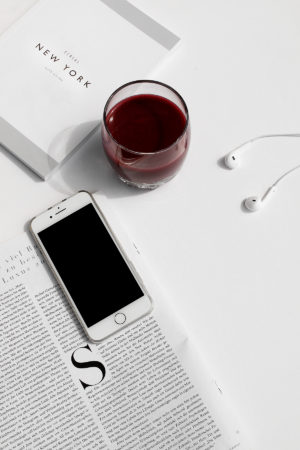
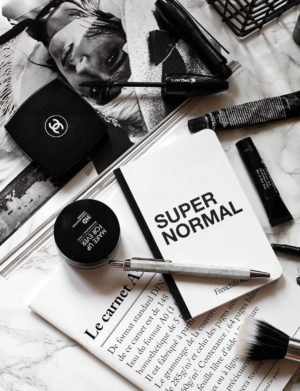
Such great advice! I see a huge benefit of limiting your shopping or even a shopping ban, I used to buy so many things I didnt need that would clutter up my space. Now I am very selective.. if I don’t need it, its not coming home with me 🙂
Ingrid | thatscandinavianfeeling.com
Totally agree, we have to be very selective of how much and what we are taking home with us. And it’s such a great feeling when you look around and realize you love and really use every single thing you have around you! Thanks for reading! xx
This is amazing!!!!!!!!!!
I’ve been in a de-clutter mode and it’s amped up this year! I try to take 30 minutes per week to declutter one thing (i.e. my sweater drawer, or my bookshelf in the office) and it feels SO good!
I’ve also been spending less this month and it also feels good. I find that my brain is seeking less “the next deal” and I’m taking more time to just be with my thoughts.
I’m also slowly doing a digital declutter – unsubscribing to mailing lists, deleted emails and accounts on social media that aren’t ‘intentional’
Seppy | http://www.elleisforlove.com
You’ve totally chosen the perfect way to do decluttering – I’m too a fan of the ‘one at a time’ approach – it doesn’t get too overwhelming this way and you’re constantly in control (not to mention the weekly satisfaction of those decluttering sessions)
I’m quite good with the physical decluttering, in fact I often try to declutter my relatives’ belongings (or try to convince them they need my services), because I don’t have much unnecessary things anymore, but the digital decluttering is a constant battle – all those files, emails, everything, it’s hard to stay on top of it! Are you using unroll.me for unsubscribing from newsletters? If not, try it, it’s quite useful!
This is absolutely great! Might be something I’ll try this year since I find myself really frustrated with all the things I don’t need or don’t use laying around.
Thank you for sharing these great steps!
Larice x || http://hilarice.com
Thank you so much for reading! Please let me know if you try any of these, would love to know your experience! xx